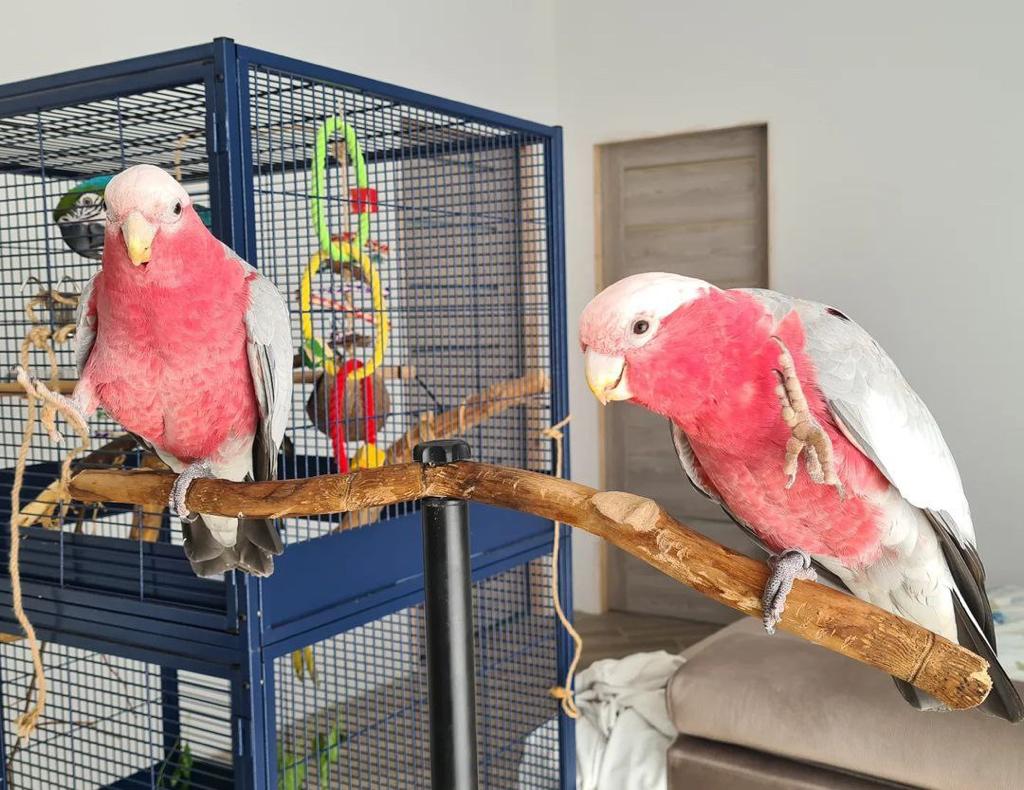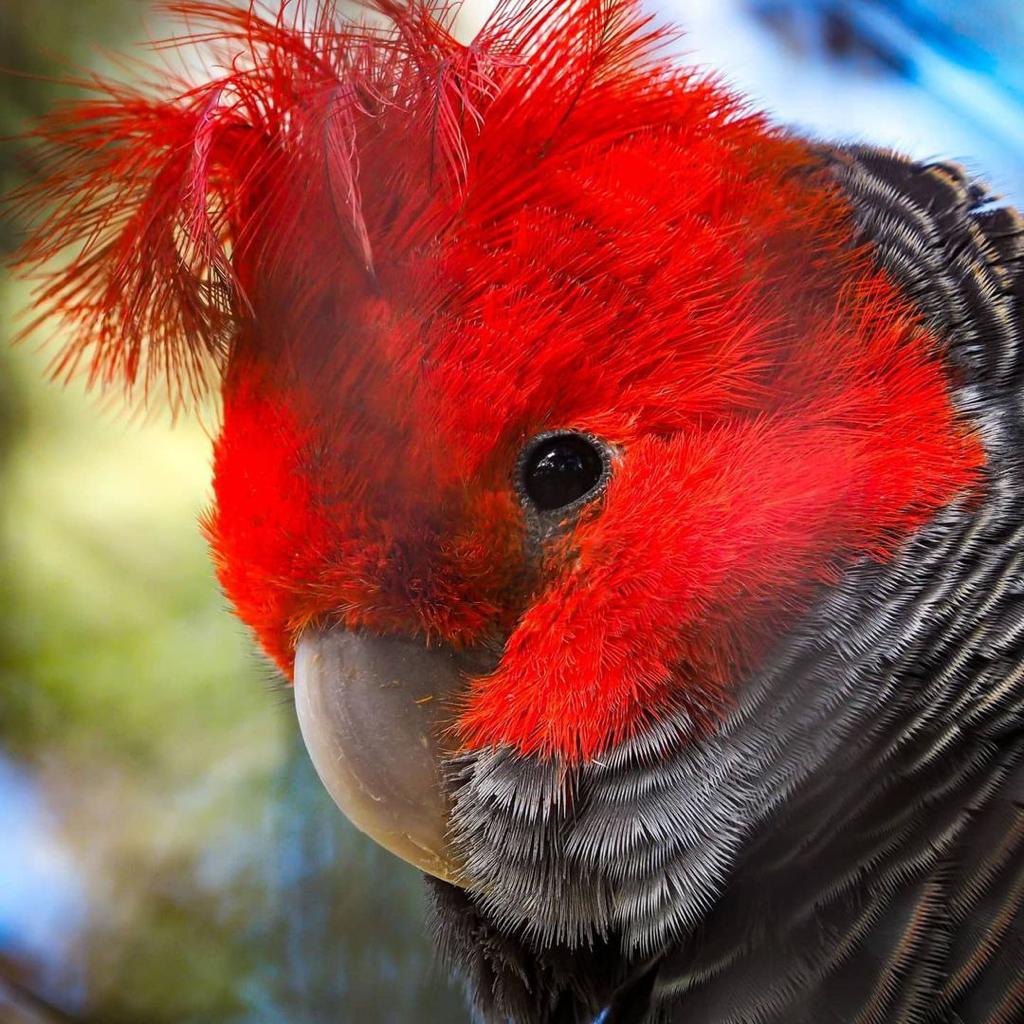Uncategorized
Mastering Cockatoo Species Identification
Ever found yourself squinting at a white bird, wondering if it’s a cockatoo or just a really fancy pigeon?
You’re not alone.
Cockatoo species identification can be tricky, even for seasoned bird watchers.
But don’t worry, I’ve got your back.
Let’s dive into the world of these charismatic birds and learn how to tell them apart.
Why Cockatoo Species Identification Matters
Knowing your cockatoos isn’t just about impressing your friends at bird-watching meetups.
It’s crucial for conservation efforts.
Different species have different needs and threats.
Proper identification helps researchers and conservationists protect these beautiful birds.
Plus, if you’re thinking of getting a cockatoo as a pet, knowing the species is key to providing proper care.
Key Features for Cockatoo Species Identification
When you’re trying to identify a cockatoo, focus on these main features:
- Size: Cockatoos range from the tiny Cockatiel (30cm) to the massive Palm Cockatoo (60cm).
- Crest: The shape and color of the crest is a major identifier.
- Overall Color: While many are white, some species have distinct colorations.
- Beak Shape: The size and curve of the beak can be a telling feature.
- Distinctive Markings: Look for unique patches of color, especially on the face or tail.
Common Cockatoo Species and How to Identify Them
Sulphur-crested Cockatoo
This is the poster child of cockatoos.
It’s big, white, and has a yellow crest.
If you see a large white cockatoo with a yellow mohawk, you’re probably looking at a Sulphur-crested.
Galah (Rose-breasted Cockatoo)
These guys are the rebels of the cockatoo world.
They’re grey and pink, looking like they’ve had a run-in with a cotton candy machine.
If you spot a cockatoo that looks like it’s blushing, it’s likely a Galah.
Black Cockatoo Species
There are several black cockatoo species, and they can be tricky to tell apart.
Here’s a quick guide:
- Yellow-tailed Black Cockatoo: Look for yellow panels in the tail.
- Red-tailed Black Cockatoo: As the name suggests, look for red in the tail.
- Carnaby’s Black Cockatoo: White cheek patches and a shorter beak.
Major Mitchell’s Cockatoo
This is the fashionista of cockatoos.
It’s mostly white with a pink body and a multicolored crest (red, yellow, and white).
If you see a cockatoo that looks like it’s headed to a fancy dress party, it’s probably a Major Mitchell’s.
Palm Cockatoo
This is the goth of the cockatoo world.
It’s all black with a red face patch and a massive beak.
If you see a cockatoo that looks like it could crack a bowling ball, you’re looking at a Palm Cockatoo.
Tips for Successful Cockatoo Species Identification
- Use a Good Field Guide: A comprehensive bird guide is your best friend.
- Take Notes: Record details about size, color, and behavior.
- Listen to Calls: Each species has distinctive vocalizations.
- Observe Behavior: Different species have unique habits and movements.
- Consider Location: Some species are only found in specific regions.
- Use Technology: There are great bird identification apps available.
- Join a Bird Watching Group: Learn from experienced birders.
Remember, cockatoo species identification takes practice.
Don’t get discouraged if you can’t tell them apart right away.
Even experts sometimes struggle with lookalike species.
The key is to keep observing and learning.
With time, you’ll be spotting the difference between a Sulphur-crested and a Corella from a mile away.
And who knows?
Maybe one day you’ll be the one teaching others about cockatoo species identification.
Now, let’s take a look at some specific cockatoo species in more detail:
| Species | Image | Length | Weight | Key Features |
|---|---|---|---|---|
| Black Palm Cockatoo |  |
55-65 cm | 910-1200 g | Massive black beak, red cheek patches |
| Sulphur-crested Cockatoo |  |
44-55 cm | 815-975 g | White plumage, yellow crest |
| Moluccan Cockatoo |  |
46-52 cm | 850-950 g | White body, salmon-pink crest |
| Goffin’s Cockatoo |  |
31-35 cm | 250-350 g | White plumage, small rounded crest |
| Rose-breasted Cockatoo |  |
35-38 cm | 270-350 g | Grey back, pink face and breast |
| Yellow-tailed Black Cockatoo |  |
55-65 cm | 750-900 g | Black plumage, yellow cheek and tail patches |
| Major Mitchell’s Cockatoo |  |
33-37 cm | 370-425 g | Salmon-pink body, multicolored crest |
| Gang-gang Cockatoo |  |
32-37 cm | 250-350 g | Grey body, males have red head |
| Umbrella Cockatoo |  |
45-50 cm | 750-900 g | All-white plumage, large rounded crest |
This table should help you with quick cockatoo species identification at a glance. Remember, practice makes perfect when it comes to identifying these fascinating birds!
